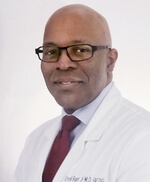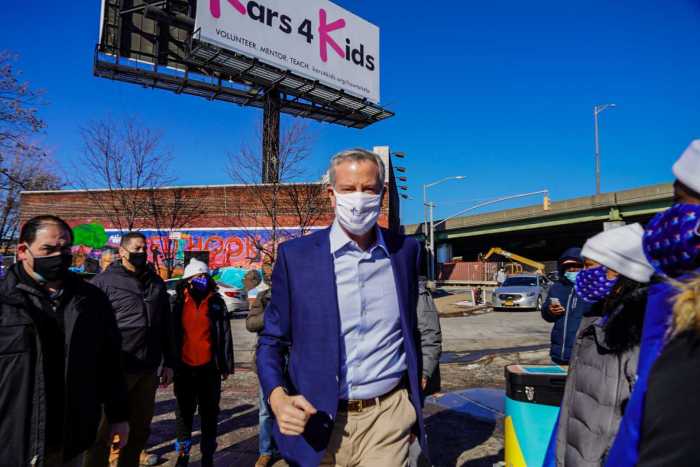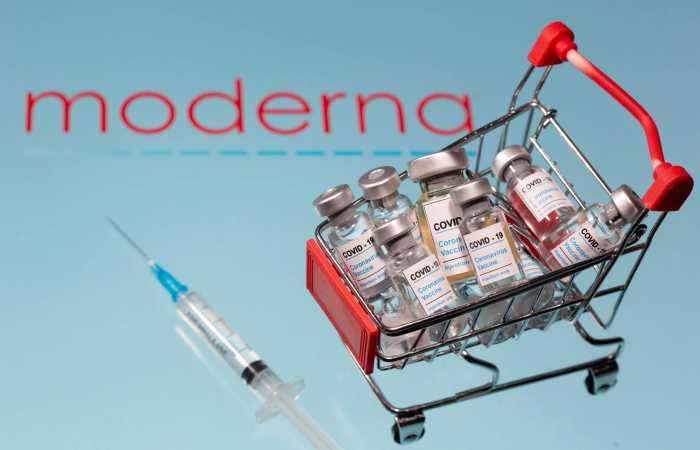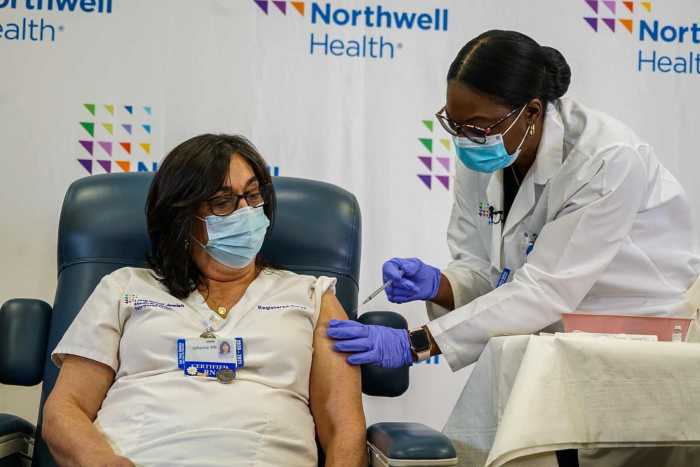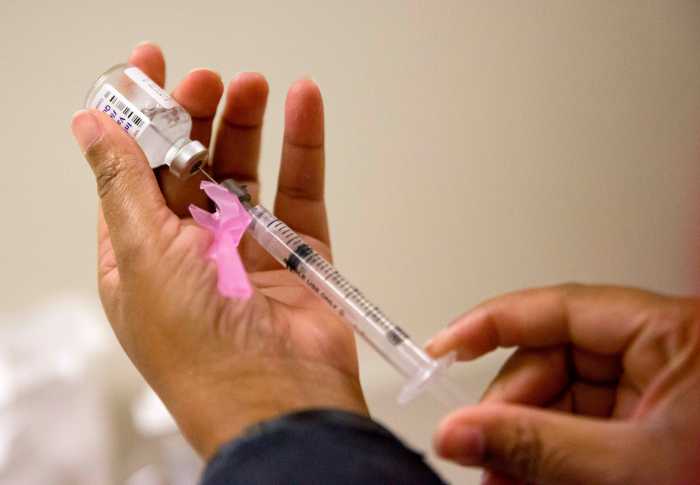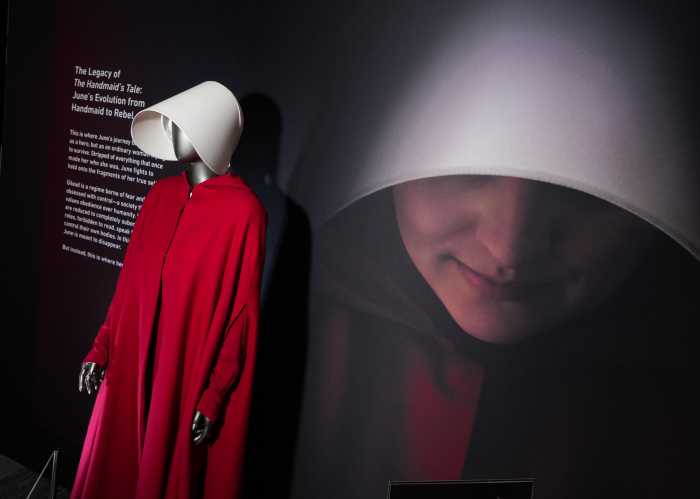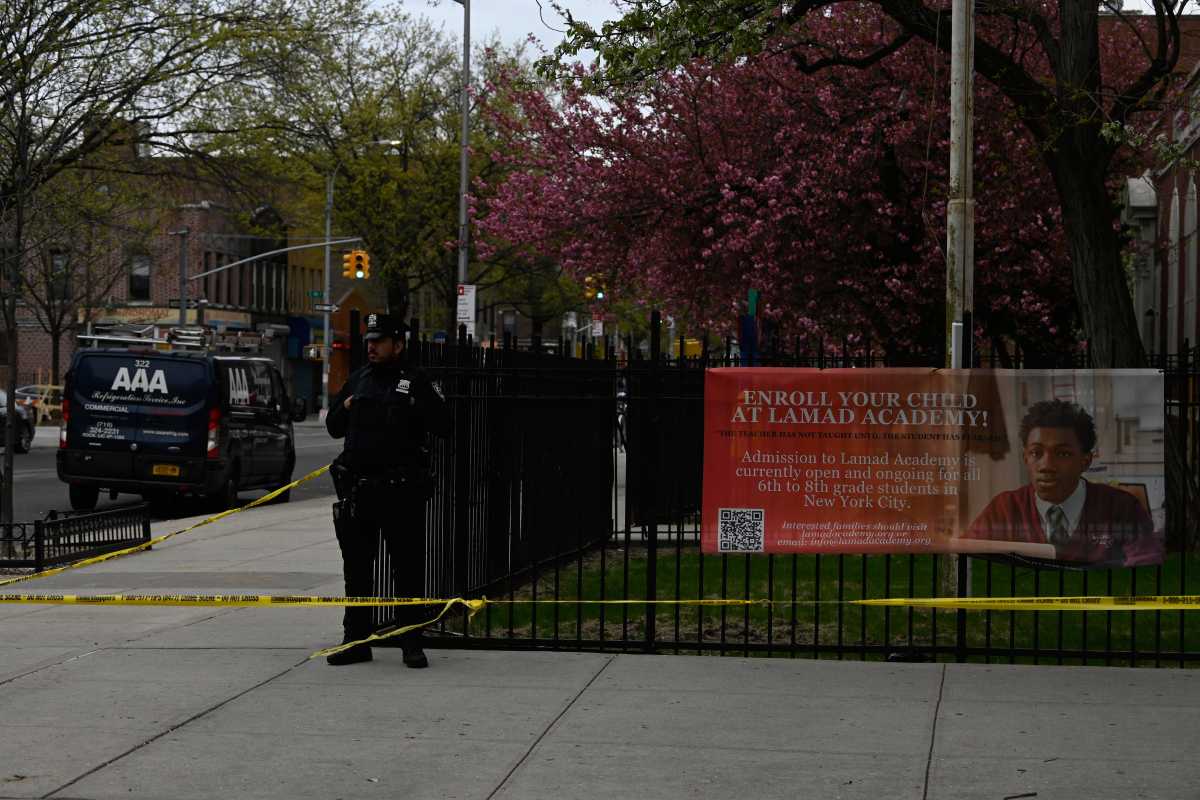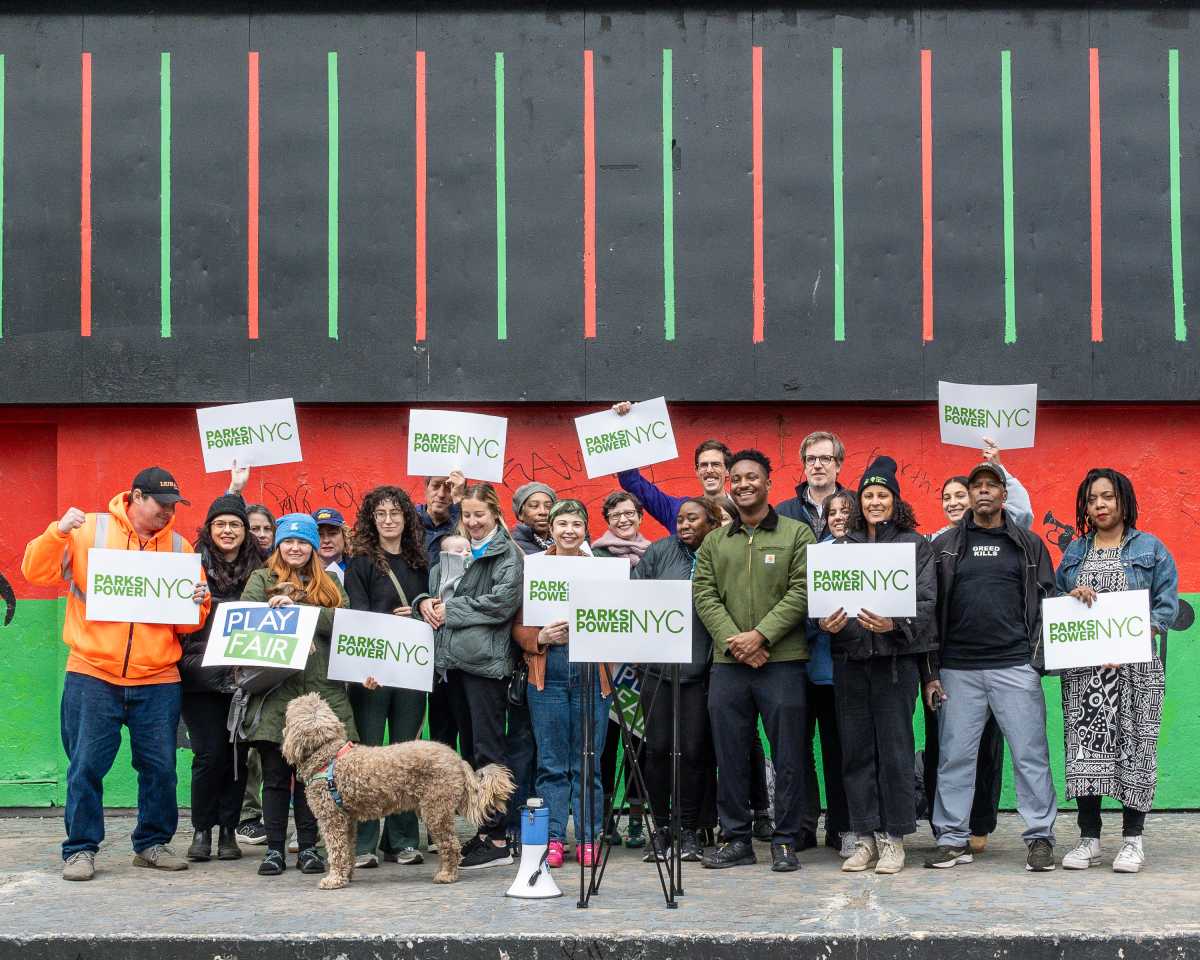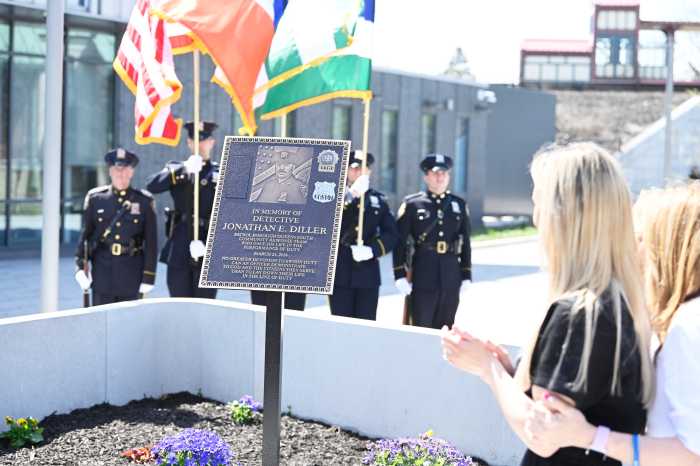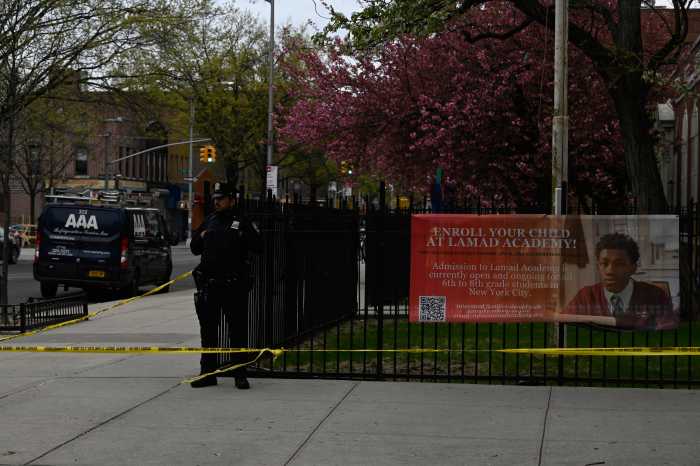Last March and April, as the COVID-19 pandemic took hold of New York, were not particularly great months for pregnant women — especially those nearing their due date.
Lamaze classes and prenatal yoga had been suspended, and Zoom was just finding its footing in delivering effective virtual services.
When lockdown went into effect, we knew so little about the disease that expecting mothers had to simply trust medical data that assured them that newborns were not at a heightened risk, and that the virus seemingly did not increase horrific events, such as miscarriage.
The lowest ebb was potentially when NewYork-Presbyterian, and then other major hospital networks, announced that birthing partners were to be barred from attending deliveries.
This was devastating. And draconian. And thankfully only lasted in its iron-clad version for roughly a week before medical advice from experts such as those of the American College of Obstetricians and Gynecologist and public outcry—one online petition gained half a million signatures within days—put a stop to it.
Obviously, other strict measures were enforced, and the experience of giving birth during COVID—and specifically peak, NYC COVID—would be drastically different for a generation of new mothers.
amNewYork Metro spoke to Dr. Erroll Byer, who has served as the Chair and the Program Director of the OBGYN Department for the oldest in New York City, The Brooklyn Hospital Center (BHC), for over 20 years about his first-hand experience working at the hospital during the pandemic, as well as the importance of providing quality health care to underserved, predominately Black and Latina patients
“A Brooklynite at heart,” Dr. Erroll Byer was born and raised in Flatbush by immigrant parents from Barbados and 2,200 babies are born at BHC every year.
Although The BHC is located in Downtown Brooklyn, often associated by New Yorkers as thoroughly gentrified and affluent, Dr. Byer tells a different tale; pockets of working class, underinsured and unseen people live in high rises amidst the million dollar brownstones. In fact of BHC’s prenatal patients who do have some kind of coverage, roughly 50% are on Medicaid, 25% Medicare and only 25% have commercial insurance.
Definitions are important. BHC is a “safety net” hospital. Although it is law that any hospital must admit a patient in imminent danger of death, many turn away the uninsured in non-urgent situations, while the American health care system at large is a further deterrent to the uninsured and sick due to the ever-looming threat of bankruptcy-tier bills.
In the case of a safety net hospital, pregnant women—and patients with any treatable need, even if it is preventative care—can receive care throughout their pregnancy, regardless if they have any kind of coverage at the time. Furthermore, the hospital focuses on education and advocacy and will actively attempt to assist such patients to get coverage.
So how did COVID affect prenatal care at BHC? First off, they never went down the route of NewYork-Presbyterian in barring birthing partners but rather senior management convened to put other safety measures in place, such as regular temperature checks and not leaving the delivery room. Dr. Byer estimates that during the peak COVID months of March and April about 12% of birthing mothers tested positive for COVID and were put in monitored isolation rooms. In Queens, the numbers were much higher; up to 25%.
When asked what the biggest hurdle was during this devastating period, Dr. Byer gave a commonly heard answer: ensuring their was enough personal protective equipment and making sure they were looking after the patients and staff, as well as isolating patients who were symptomatic.
Once rapid testing became more widely available, things got a little easier. Physicians knew within a short turnaround whether the patient was positive for COVID, and then were able to strategize to manage them with successful outcomes for mother and child.
On a systematic level, Dr. Byer still believes racial disparities exist across ethnic groups when it comes to health care. He cited one study that showed that when African American patients have gone into hospitals complaining of pain, they have not been listened to, or taken seriously. Besides the insurance issue, this is a systematic problem that has led ethnic communities to avoid hospitals and see them as negative spaces rather than havens for help; again, disastrous during the pandemic.
In order to try to “break the ice,” BHC set up a tent space outside of the hospital where they not only conducted tests, got to know the community and provided information and education. This included guidance on COVID symptoms, what to do if you think you might have COVID, the importance of hand washing, mask wearing and social distancing to minority patients, who were statistically hit hardest by COVID-19 in terms of both infection and mortality rates.
As far as vaccinations are concerned, all BHC frontline staff have had doses administered, and now it’s time to attend to the community, in accordance with state tier guidelines. BHC continues to hold educational fairs, as people of color have been more reticent, statistically, to get the vaccine. Dr. Byer is hopeful that through his hospital’s targeted educational approach, increasing numbers of Black and Latinx patients will be vaccinated, when they are given the raw data, and the time to get to know their local doctors and options.



